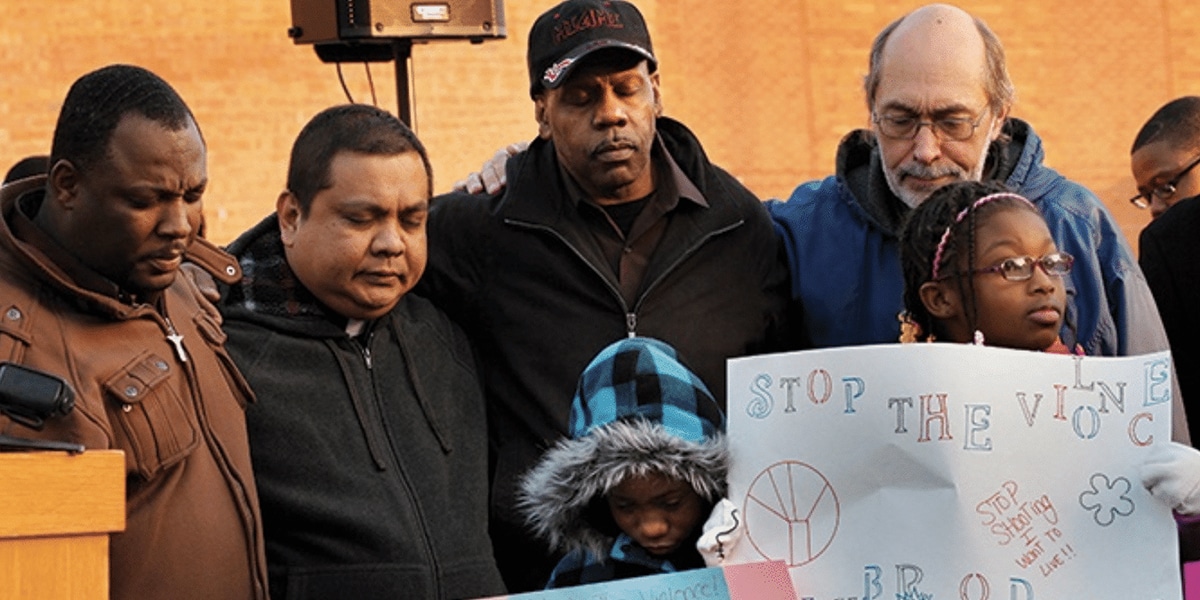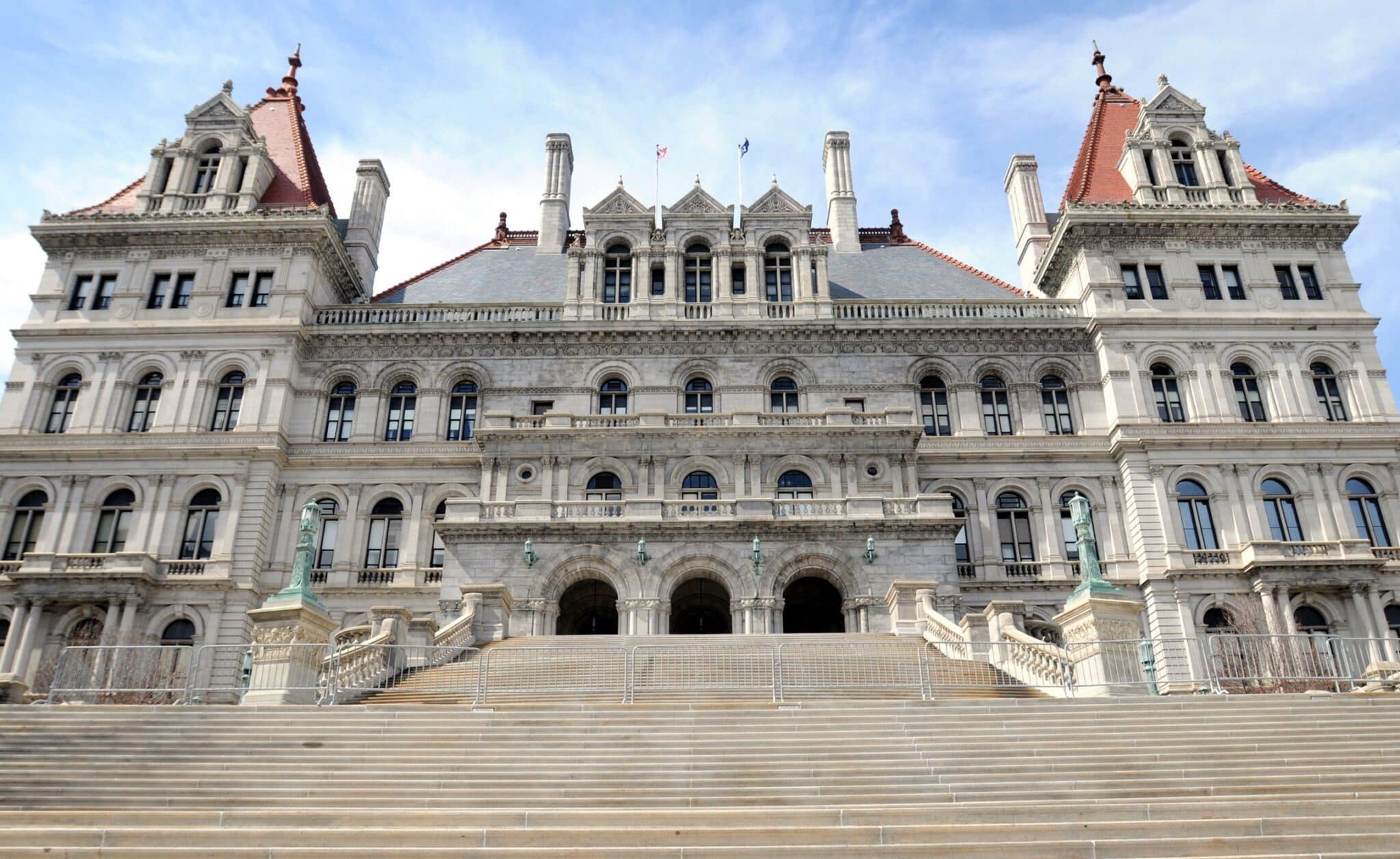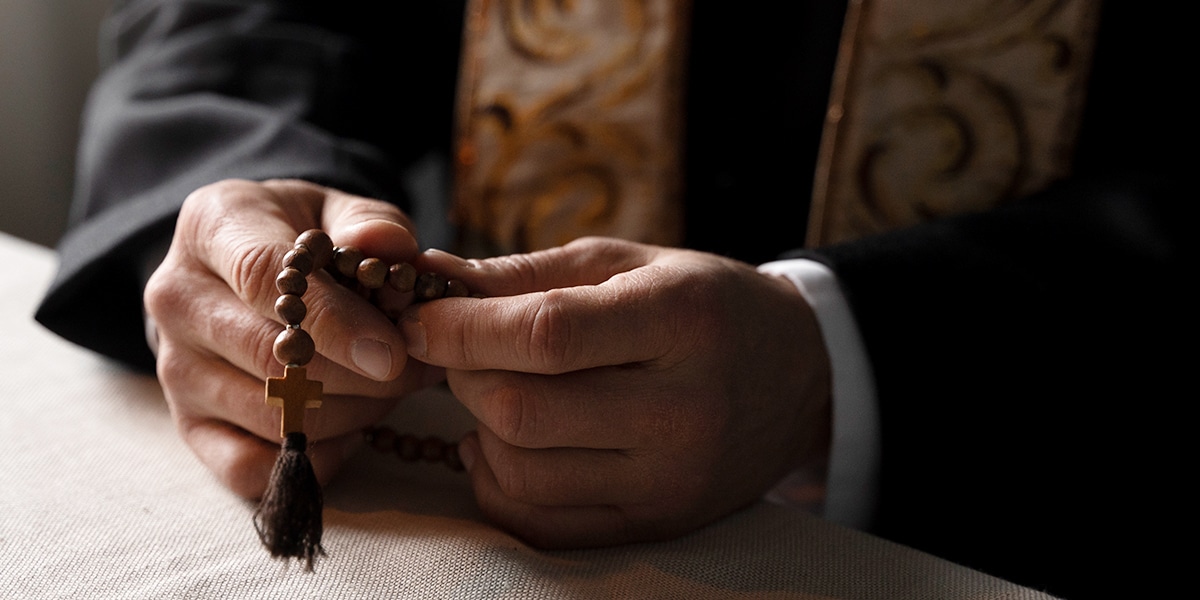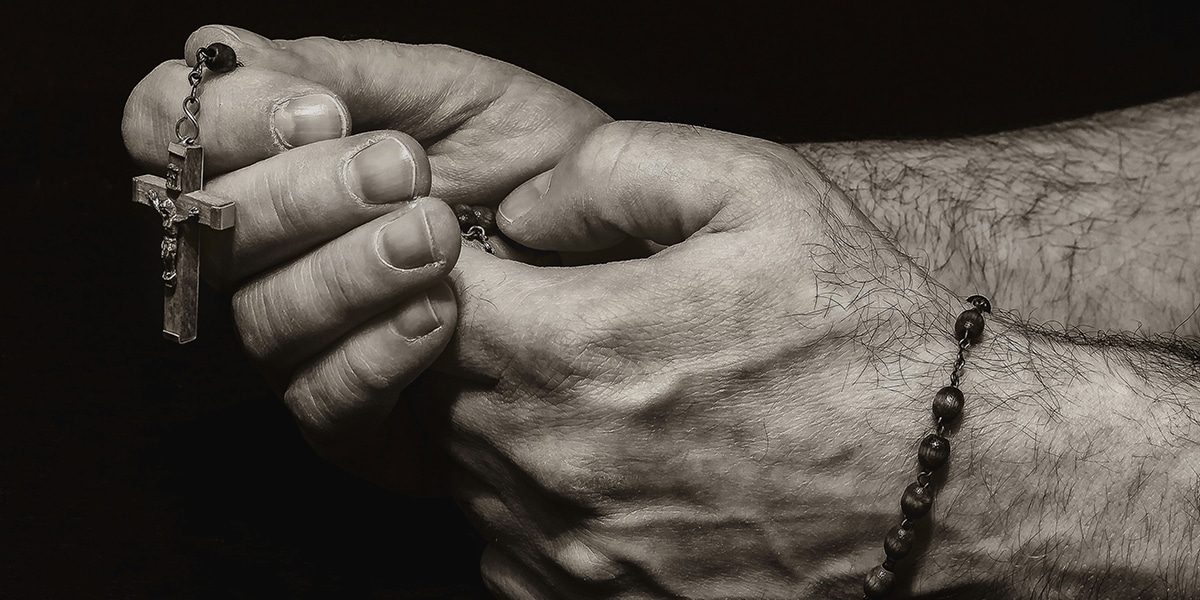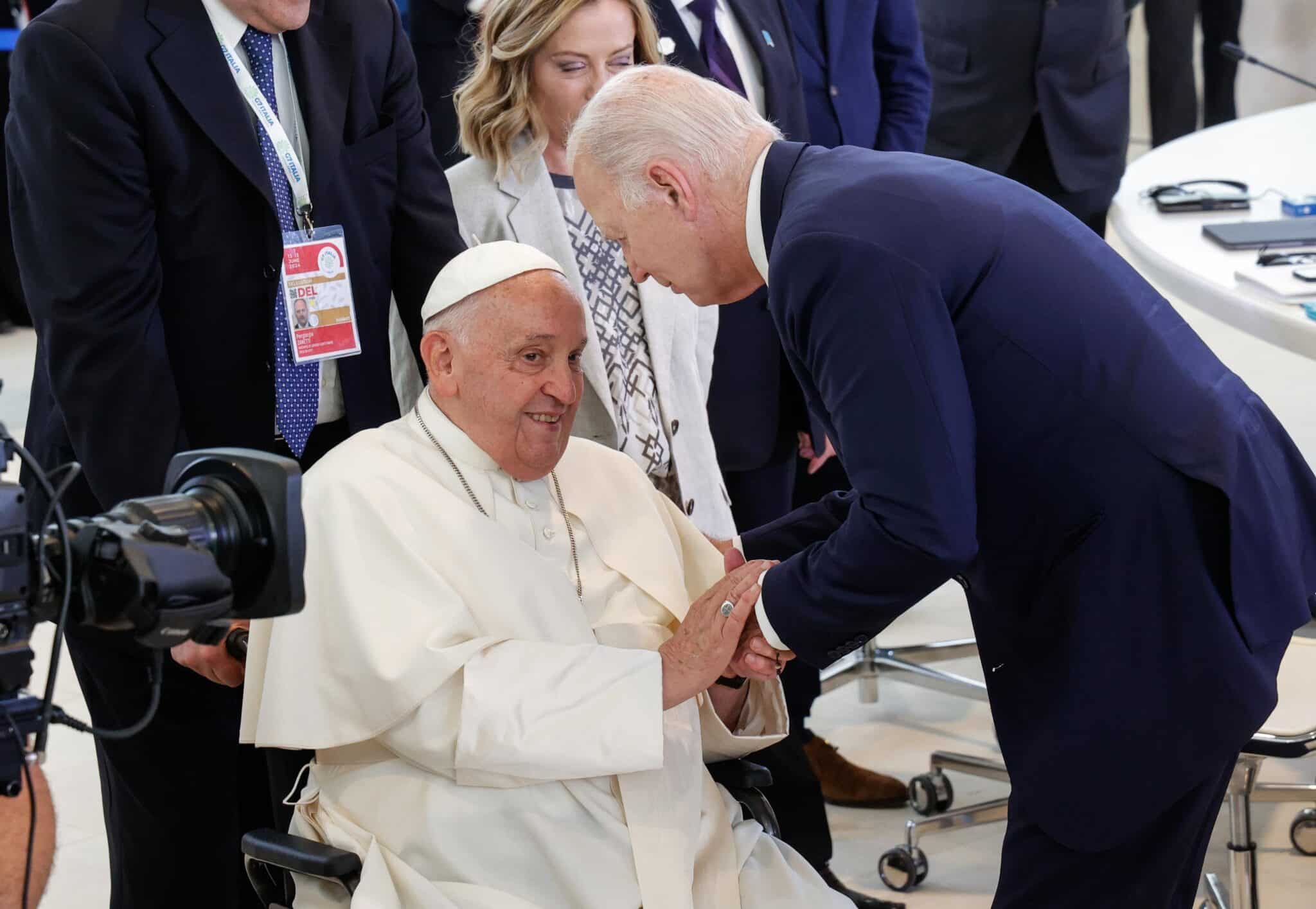In Chicago’s most dangerous neighborhoods, Deacon LeRoy Gill sows seeds of peace.
One day in 2010 when Deacon LeRoy Gill was visiting Holy Angels Catholic School in Chicago’s violence-prone Bronzeville neighborhood, he noticed a student wearing a small urn around his neck. The urn contained the ashes of his brother, who was murdered on the streets. The boy’s sister wore a similar necklace.
The knowledge that these young people had experienced so much pain and violence—when they weren’t even out of elementary school—changed Deacon Gill’s life forever. Today he is one of the foremost Catholic leaders in the fight to keep safe the kids living in Chicago’s most violent neighborhoods.
Along with the Black Catholic Deacons of the Archdiocese of Chicago, he has organized sunrise prayer services before the start of the school year on the beaches of Lake Michigan, where Catholics gathered to pray for the safety of the children. Those services continue today.
During the 2011 service, Deacon Gill remembered Darius Brown, a 13-year-old Holy Angels student who was shot and killed while playing basketball just weeks before.
“I died with him,” Deacon Gill said, recalling Brown’s tragic death. As soon as the deacon heard the news, “I jumped in the car and went all the way down to the hospital, but he had died.”
Last summer, Deacon Gill ministered to the family of Terrance White, a 4-year-old who had just finished preschool at the Academy of St. Benedict the African, located in Chicago’s violent Englewood neighborhood. White was shot while riding in the car with his mother. Fortunately, he survived.
Shortly after, responding to heightened antipolice sentiment in the city, Deacon Gill organized a prayer service and cookout at the academy for members of the Chicago Police Department who patrol the neighborhood to thank them for their service. Over the years, Chicago police have made extra efforts to keep the children at the school safe.
But the effects of violence are not limited to those who live in violent neighborhoods, Deacon Gill says.
“Violence affects us all. Even youth who are not direct victims of violence are victims to the chronic presence of violence via the media, in their homes, and in some neighborhoods. It is a part of daily life.”


